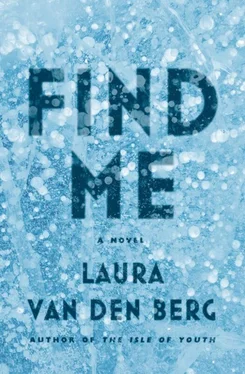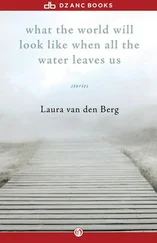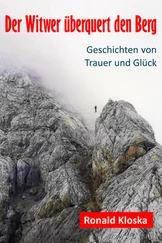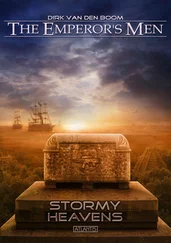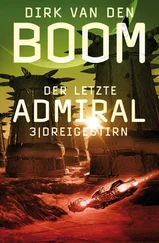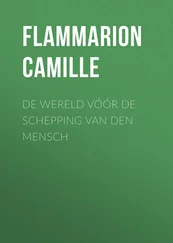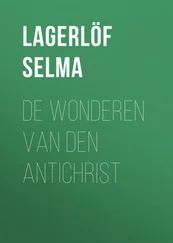* * *
We drift back down to the fifth floor. Some of the patients have congregated in the Dining Hall, even though it’s not a mealtime. They are sitting at the long tables or on the floor under the windows, in pale cones of light. They have all finished searching their assigned areas. No one has seen the twins. Nightfall is slow to come to the Hospital. From the window, the eventual moon is fat and white and sunk behind banks of cloud. I want to run through the Hospital shouting: Come on out! Everyone gets found eventually.
* * *
The twins do not get found. They stay missing.
That night, in our beds, we hear the sound of the nurses moving up and down the hallways, and in the morning the pairs of patients are sent to look around the Hospital once more. This time Louis and I get the library. I comb the pages of the encyclopedias for clues. I examine the book on space travel.
The nurses venture out in the Hospital vans and search the land around us. Our Floor Group stands by the arched window and watches two vans move like white bullets over the snow. We all find nothing and more nothing. After the twins have been missing for three days, Dr. Bek calls a Community Meeting and explains that he has contacted the local authorities in La Harpe and they are doing what they can from the outside. They are searching too. Dogs are getting involved.
He tells us that we are not giving up on finding the boys, but not all questions have immediate answers. Life in the Hospital must continue on.
I feel Dr. Bek’s breath travel down my skin. I feel something in the Hospital tilt. The possibilities, the rules of what can and cannot happen to us, are being rearranged.
The nurses stand by the window, facing away from the Floor Groups, so we can only see their humped backs. I imagine they are still looking.
Every patient has a theory. In our Floor Group, they include: falling through frozen ice; getting lost on the plains and maybe they are still out there, wandering through winter; they made it to La Harpe and were taken in by a townsperson; they made it to La Harpe and were abducted off the street; dematerialization; bears; they never left the Hospital, they are trapped somewhere inside; Hawaii.
What each theory reveals: how much hope the theorizer has left.
Raul says that maybe the twins were never here, maybe we have been driven mad by winter and started seeing things and then stopped seeing those things. Maybe something inside us has gone missing. I know this theory is the most untrue — how do you explain the hole and the drawings on the walls? — but the idea of our minds playing such a powerful trick scares me.
“Hawaii,” I whisper when I’m alone.
An absence, an unanswered question, is not the same as a death, not the same as what happened to Marie, and I’m starting to think that in some ways it’s worse. A death without closure.
I spend most of my time by a window, any window, waiting to see the boys emerge from the land.
As the days pass, word about the twins’ hole gets out. It moves through our Floor Group and despite the KEEP OUT sign that has been taped to their door, I start seeing white and green bodies slipping in and out of their room. I find faint trails of dirt leading into the hall. In the eyes of the patients, I detect a new kind of aliveness. An unspoken question spreads like a germ through the air: is it possible for me to leave too?
* * *
After Lights Out, after Louis has fallen asleep, I listen for the sound of the twins digging next door, but of course there is nothing. The wait for morning becomes unbearably long.
One night, I catch a different kind of sound through the walls — a strange buzzing. I get up and go to the twins’ room. The air in the Hospital is still and yet the edges of the KEEP OUT sign flutter.
The hole has been covered with a black tarp. The beds have been stripped, white sheets folded on green mattresses, like the vacant rooms on the eighth floor. The drawings are still hanging on the walls and I’m glad it’s too dark for me to see the ghost of Waialae Avenue, who has nothing better to do than drive women insane.
The buzzing sound is coming from the hole. I kneel in front of it and push away the tarp. The floor is covered in grit. There’s dust and darkness and a metallic smell — not the earthy scent of dirt, but chemicals. The silver body of the air-conditioning duct snakes below the opening. If I reach into the hole, I can almost touch it. Warm air gusts onto my face. The buzzing is even louder up close, like construction is happening somewhere in the Hospital.
Could that one theory be right? Could the twins still be trapped in here?
“Sam?” I say into the hole. “Christopher?”
The buzzing gets louder. It opens a door in the side of my head and walks right into my brain. I wonder if the twins heard this sound when they lowered themselves into the tunnel, if it became unbearable as they moved through the duct, if they still had the noise ringing in their ears as they ran out into the snow.
One morning, in the first week of February, I look out the arched window and see a pilgrim standing outside the Hospital. He is the first person to come since the start of winter. He is standing on a bank of ice. His face is wrapped in a black scarf. Only his eyes are visible and I am too far away to tell what kind of eyes they are. His hands are covered in mittens so thick, they look like bandages. He reminds me of the photos I have seen of men trekking through distant deserts, their heads swathed in cloth to protect them from the sun.
This pilgrim is holding something in his arms. This something looks long and heavy.
I squint. A swirl of human hair, a bare foot.
He is holding a body. He is holding a child.
“Nurse,” I hear myself say, but I can’t move from the window. I touch the glass and feel the burn of the cold.
Other patients come to the window. The faces around me are pale blurs. They press their hands against the glass and look and look and then one of them runs away shouting, “Let him in let him in let him in!”
I watch nurses in hazmats pour out of the Hospital. They trudge through the snow, their white arms flapping. The pilgrim skids down the bank of ice. One of the nurses takes the pilgrim by the shoulders and another touches the body and then they all start rushing back toward the Hospital. In the arms of the pilgrim, the body is still in a way that lets me know the child is no longer alive. Everyone, even the pilgrim, disappears inside.
I imagine a chill moving across a person’s skin and into their veins. I imagine the veins delivering the chill like poison to the lungs and spleen and heart. All those soft squishy places that want to stay warm. The person runs and sweats, a comfort until the wet fabric turns to ice on their ribs and they forget how exactly running is supposed to work. They can feel their body temperature dropping, a machine shutting down. They think about going back, to the place where people do experiments with blood, where they know they will be welcomed, because they still have blood to give. They turn around, look at the endless white field behind them, and realize the way back has become a mystery. They are getting very sleepy. They lie down under a tree. They imagine the tree is a house and they are climbing through a window and getting warm by a fire or a stove or a bearskin rug with the head still on and the mouth open like this rug has been waiting its whole life to eat someone. Hawaii , they keep saying to each other, trying to ignore the hungry bearskin rug, until they can’t feel anything, not their tongues drying up in their mouths, not their slowing hearts, not their eyes that flicker like a wild, trapped animal until they stop.
Читать дальше
